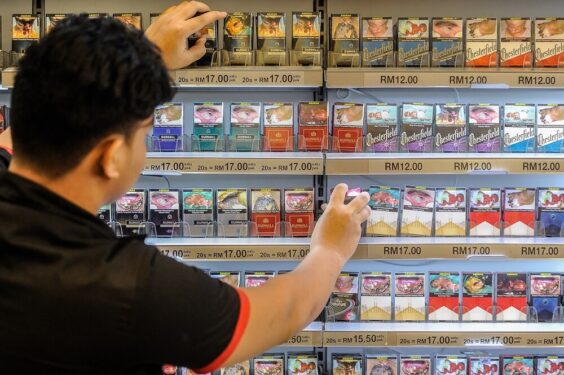KUALA LUMPUR: The outlook for the oil and gas industry remains challenging amid geopolitical upheavals, prolonged trade tensions and a global economic slowdown resulting in demand disruptions, Petronas vice president for group procurement Liza Mustapha said.
“The challenging landscape would require Petronas and all its partners to continue to be conscious in managing costs, implement activity levelling to sustain offshore activities and pursue innovative solutions to unlock value in our supply chain,” she said in the Petronas Activity Outlook (PAO) 2020-2022 report on Friday.
She said while managing costs may have its limits, Petronas must focus its efforts on, among others, technological advancements and digitalisation of processes which will bring bigger benefits over a longer horizon in enhancing competitiveness and ultimately resiliency to weather any storm that comes its way.
Petronas foresees a steady outlook for drilling, production support, marine vessels and decommissioning activities. “Steady outlook can be expected for decommissioning projects as 44% of facilities in Malaysian waters are operating beyond design life,” PAO said.
The abundance of investment opportunities in Malaysian waters with a portfolio of projects coming onstream in the future depicts a healthy outlook, it said.
For downstream, there is a positive outlook for turnaround and maintenance activities.
This year, it said, Petronas is sharing contracts covering a broader spectrum of jobs with sizeable values for large players as well as the small and medium enterprises.
As many of these contracts are due for re-tendering in the period of 2020-2022, this would be an opportune time for players to strategise on resources, new technology offerings and strategic partnerships.
On other developments, PAO noted that the oil price in 2019 has fluctuated from a daily low of US$53 per barrel (US$1 = RM4.15) to a high of US$75 per barrel (as at November 2019) yielding an average of US$64 per barrel compared with the average of US$71 per barrel in 2018.
It said robust supply coming from non-Opec (Organisation of the Petroleum Exporting Countries) producers, predominantly from the US, has caused a build-up in oil inventory.
The US, currently the largest producer of crude oil, is targeting to be a net energy exporter by 2020.
In addition, there are other projects being ramped up in Canada, Brazil, Guyana and Norway.
The International Energy Agency, in its November 2019 report, indicated that non-Opec production is expected to continue to grow, adding 2.3 million barrels per day of oil supply in 2020. – Bernama










